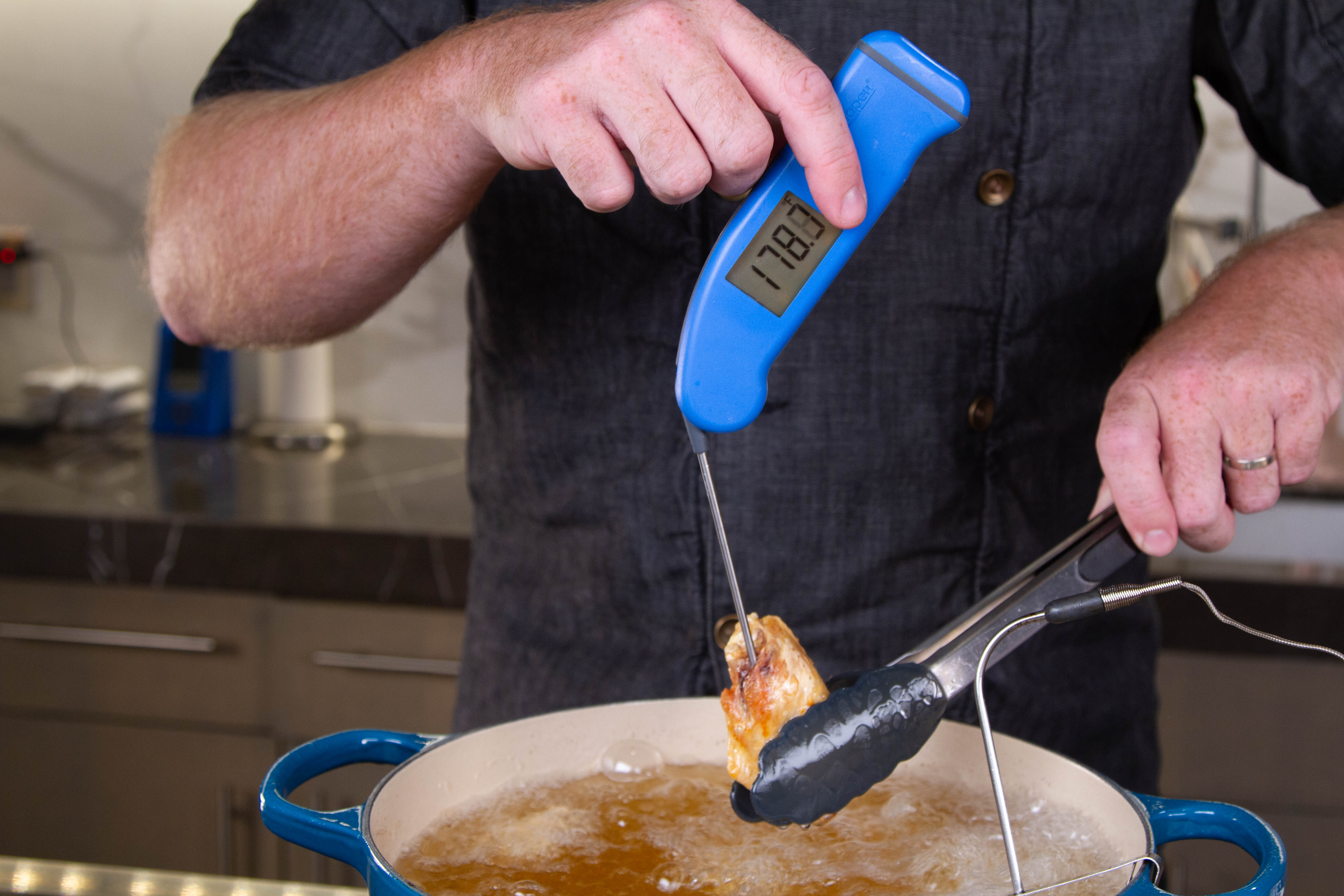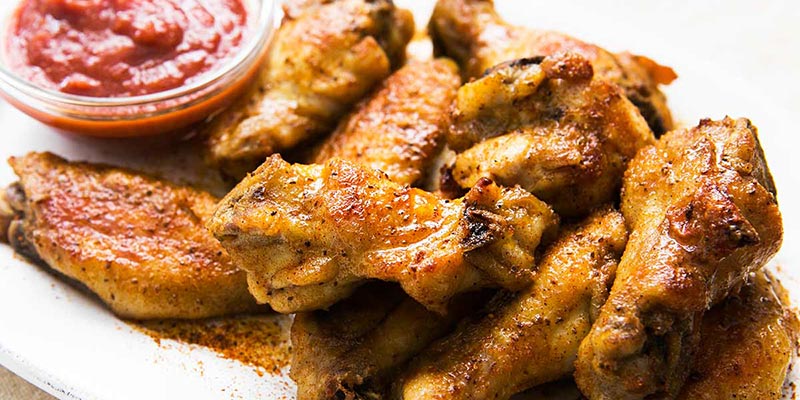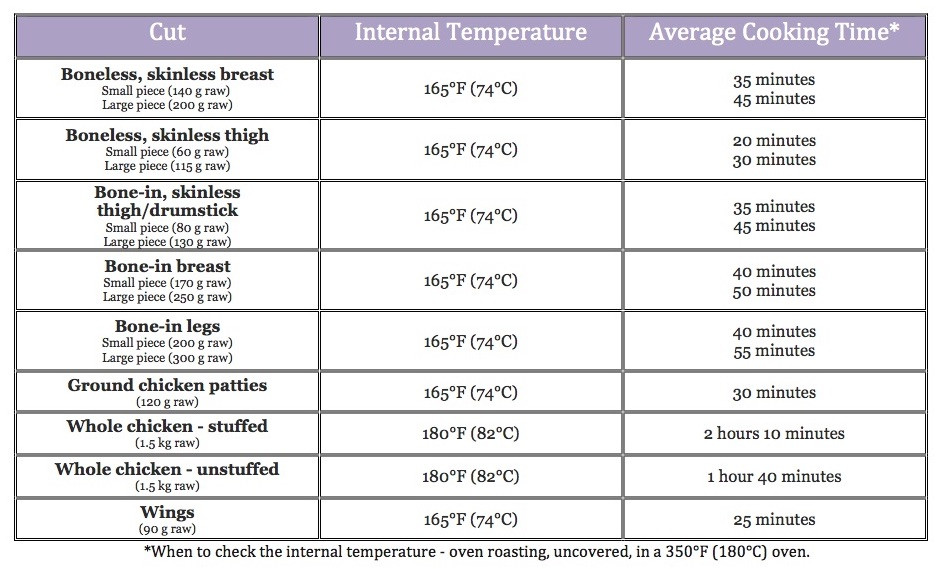
Opt for slow-roasting and you’ll cook the meat longer at a steady temperature. Baking and poaching are beloved methods for quickly getting dinner on the table with little fuss. There are all kinds of ways to prepare poultry, from gentle sous vide to high-heat grilling.
Chicken wing done temp full#
Morocco says his ultimate chicken thighs are slow-roasted or braised at a low cooking temperature in plenty of olive oil until they’re full of flavor and have a fall-apart texture. The actual level of doneness comes down a bit to personal preference. Allowing thigh meat and the like to reach somewhere between 175° and 190° will give you more tender meat because the connective tissues have longer to break down. While it’s safe to eat dark meat cooked to 165°, you’ll get a bouncier bite. Fattier dark meat can stand a higher temperature than lean white meat.

When working with dark meat (thighs, drumsticks, or whole legs), the temperature rules change a bit. Past that, you run the risk of eating dry chicken. No matter what’s on your menu, the USDA states that the internal temperature of the chicken should reach 165° for food safety. It’s important to consider what type of meat you’re cooking: Is it bone-in? Boneless? A single chicken breast or a bunch of wings? Bone-in chicken will take longer to reach the desired internal temp smaller cuts will require less cooking time. Build the rest time into your cooking routine use it to make a sauce or salad dressing. In smaller cuts, like a chicken breast, the heat will increase by only about 5°, so remove them from the heat source when they reach 160°. According to Morocco, the temperature of a whole cooked chicken can increase 10° at rest, so it’s best to pull it from the heat source at 155°. This temperature will continue to rise after removing the chicken from the heat, ideally to a temperature of about 165°. Chicken temperature for white meatįor the best-tasting white meat, which includes breasts and wings, you generally want to cook the meat to an internal temperature of 160☏. So temp close to the bone, where the meat may take longer to reach the desired temperature, as well as near the edge,” making sure to get a reading from the thickest part of the meat. “Bone doesn't channel heat as efficiently as flesh,” Morocco says, “because it is porous and those insulating air pockets inhibit heat transfer. Take the temperature in multiple spots to gauge doneness. When using an instant-read thermometer, don’t rely on a reading taken from just one part of the chicken. “Using a meat thermometer will do more to make you a better cook than a $200 skillet ever could-any serious cook should get one before spending money on new cookware.” If that particular model is too pricey for you, he suggests looking into the ThermoPop from ThermoWorks. “The ThermoWorks Thermapen One is the absolute best,” says test kitchen director Chris Morocco. The fastest way to find confidence in the kitchen (especially regarding chicken temps) is to buy a meat thermometer. They’ll take the guesswork out of cooking chicken and help you steer you clear of harmful bacteria. Before you take on a whole bird or its parts, arm yourself with the tools and tips below.

(What’s for dinner tonight? Fried chicken? Roast chicken? Baked chicken? One of your signature chicken casseroles?) No matter the plan, you want to be sure you’re cooking chicken dishes to a safe temperature-and that you won’t end up with a half-frozen chicken breast (or worse, salmonella). With all the talk of carryover cooking and knowing what temps work best for which cuts and whether or not the cooking method makes a difference, it can be a bit daunting.įirst off: No, the optimal temperature doesn’t change based on the cooking method-which is a good thing, considering the many ( many ) ways there are to prepare chicken.

We admit it: Determining the ideal chicken temperature can be…a challenge.


 0 kommentar(er)
0 kommentar(er)
